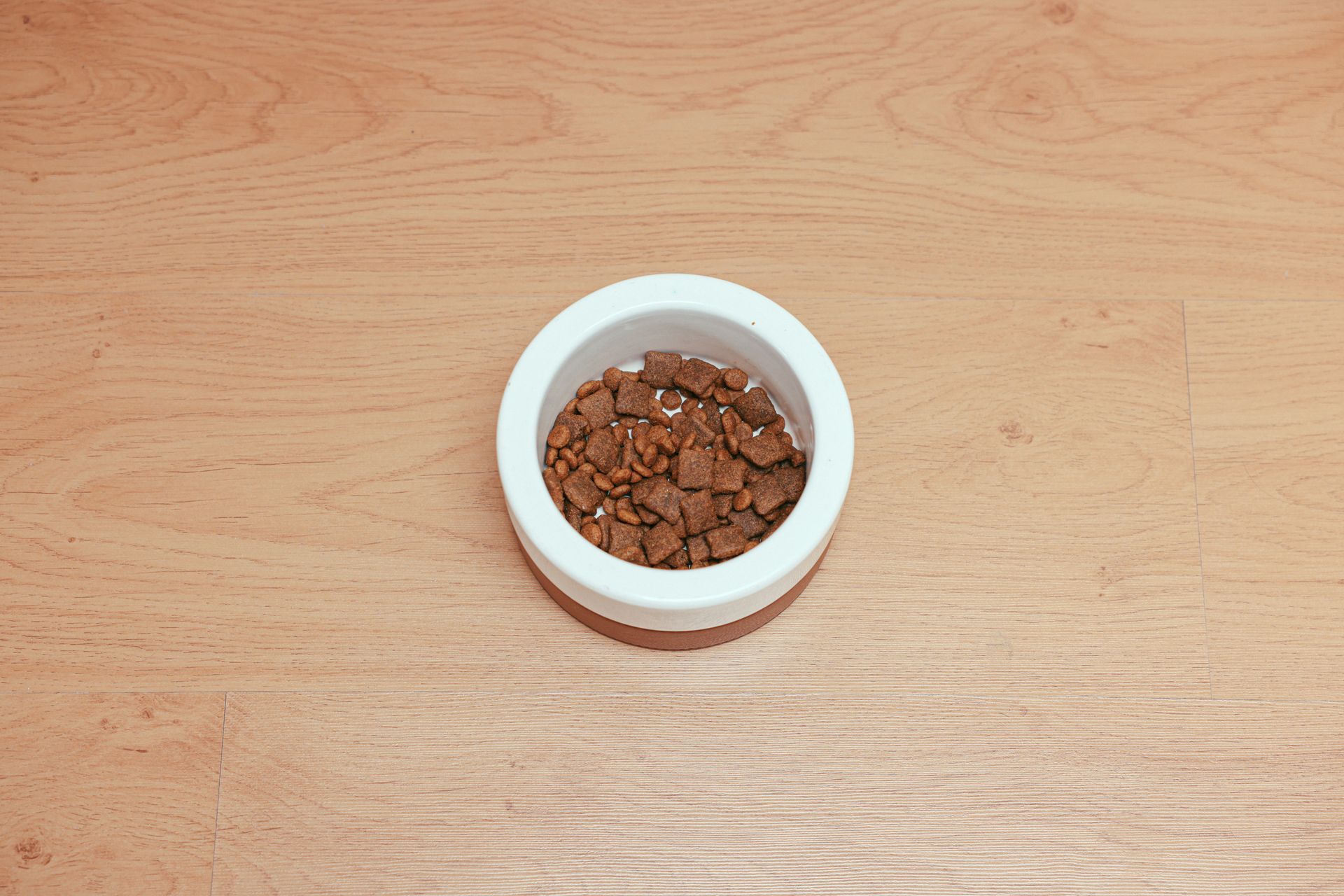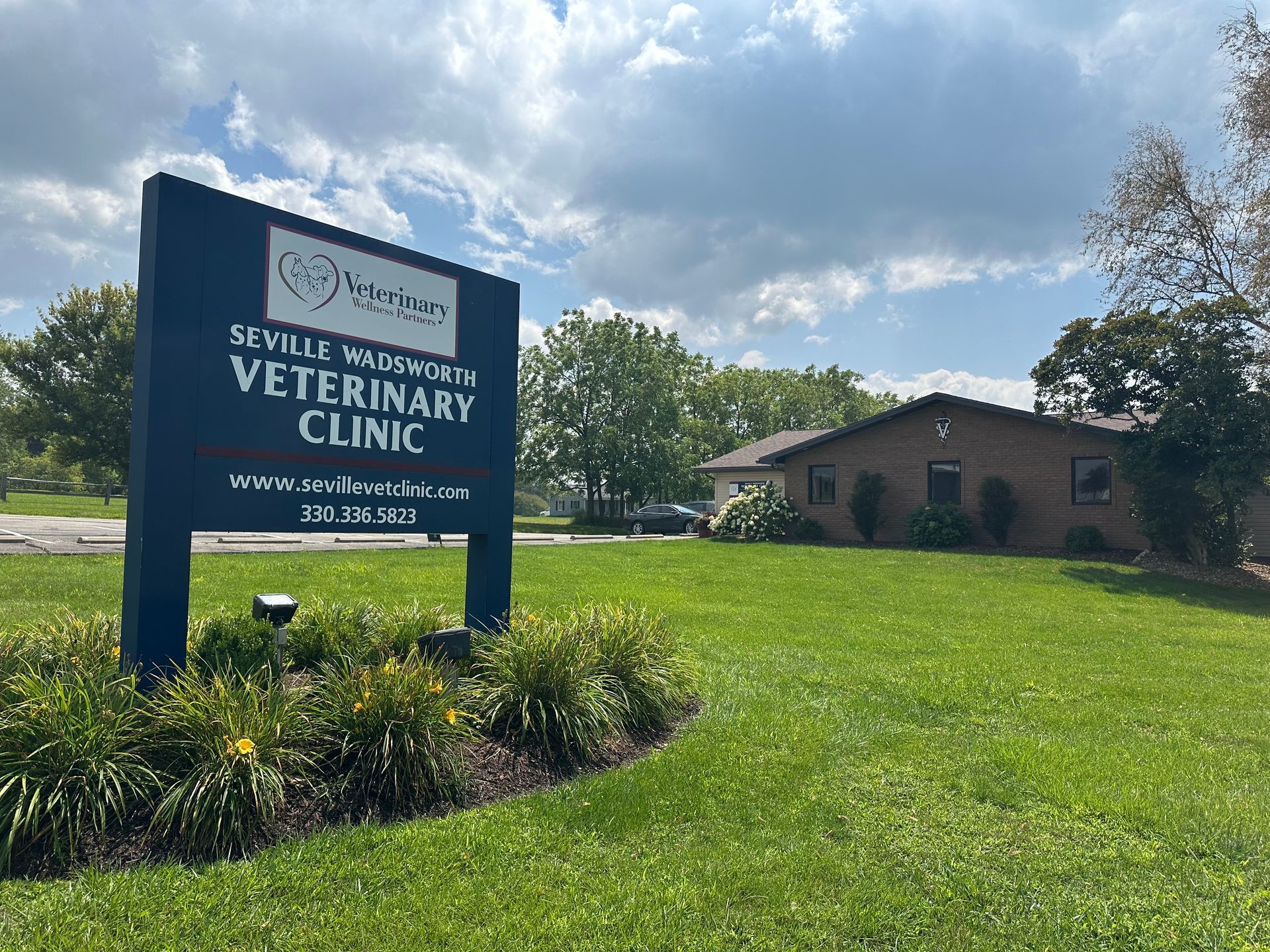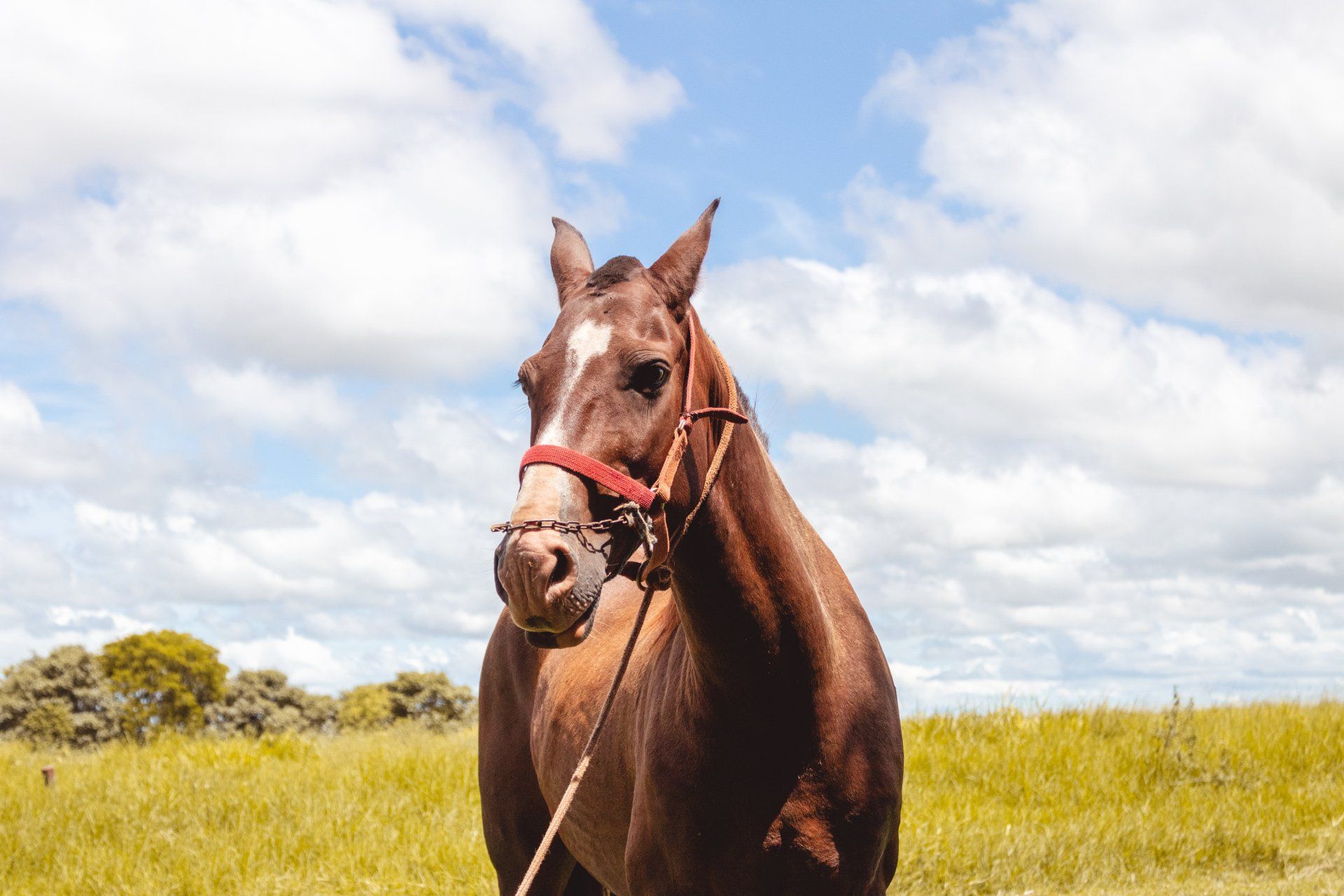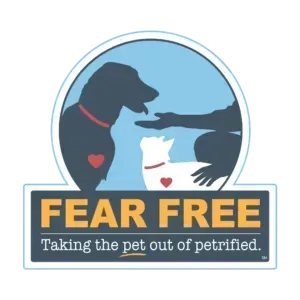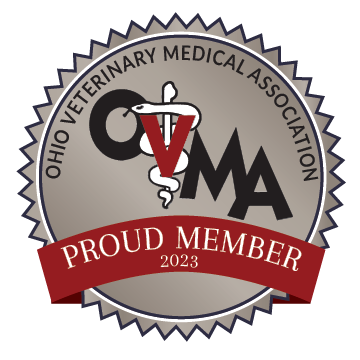Diagnostic Ultrasonography
The Orrville Veterinary Clinic is pleased to announce our recent purchase of a state of the art, diagnostic ultrasonography unit. This unit is much needed and will allow us to more accurately "look inside" your pet to try to determine health status of our patients. Oftentimes, X-rays and ultrasound are both needed to better determine the cause of a pet's illness. With our newest addition, we will be able to step up our diagnostic capabilities to better serve you.
What is an Ultrasound?
The ultrasound unit uses sound waves to pass through tissue and fluid. The sound waves create a certain pattern of reflection based upon the type of tissue that the sound waves encounter. These sound waves are both generated and captured by a small probe that is placed in direct contact with the patient's skin. As the sound waves return to the probe, they are sent to the accompanying computer to be interpreted. It is this information that is translated into the black and white image that we evaluate on the screen.
What is the difference between ultrasound and radiographs (X-rays)?
Both x-rays and ultrasound are used to look further into the inside of a patient in a non-invasive manner. The X-rays essentially take a 3 dimensional animal and place the image onto a 2 dimension screen or film. This is then interpreted by the radiologist. X-rays are good at showing size, shape, and positioning of various body organs, bones, and tissues. X-rays essentially show 5 variable shades of gray (from darkest to lightest): air, fat, soft tissue/ fluid, bone, and metal. The x-rays require contrast between adjacent tissues to prevent things from blending in. It is often easiest to think about x-rays as showing the size and shape of organs, but they are limited in the ability to see what is "Inside" the organ itself.
An ultrasound uses the aforementioned sound waves to look at the various tissues in the body. The sound waves can be easily targeted and directed a various structures. On limitation is that an ultrasound is basically taking pie shaped sections of the body, which prevents it from looking at an entire organ at one time. This means that the organ must be "scanned" with the probe to see the entire organ. Unlike X-rays, ultrasound eaves are able to "see" what is located within the organs. This allows the ultrasonographer to see small lesions or defects within an organ. Since the ultrasound waves are in real time, ultrasounds can be used to guide various instruments into the appropriate tissue/ lesion to obtain biopsy specimens.
What types of conditions can the ultrasound help to diagnose?
The answer to this question requires lengthy answer. For the sake of brevity, the ultrasound can be utilized to diagnose a limitless number of medical conditions. These include: neoplastic tumors, benign tumors, urinary calculi (Bladder stones), Kidney stones, gallbladder disorders, splenic masses and lesions, Inflammatory Bowel Disease, potential abscess, cardiomyopathy, liver shunts, diaphramatic hernias, and many, many more conditions.
What should I expect for my pet's appointment?
Your pet should generally be fasted for 12 hours. This allows for sedation, as well as helping to make the testing more uniform in procedure. Generally, you will drop you pet off at the clinic. We often need to administer a light sedation in order to help calm your pet. This will allows us to get him or her into position and perform the procedure. Most often, the ultrasound is used for abdominal ultrasonography; which means that your pet will likely be placed in dorsal recumbence (on his/her back). We will need to shave a large area to allow the ultrasound probe to have direct contact with the skin. The sound waves are actually prevented from traveling through air. The facilitate contact with the skin, a gel or a lot of alcohol is used to eliminate an air between the skin and the probe. The attending veterinarian will contact you after your pet's scan to discuss the findings and make further recommendations.

